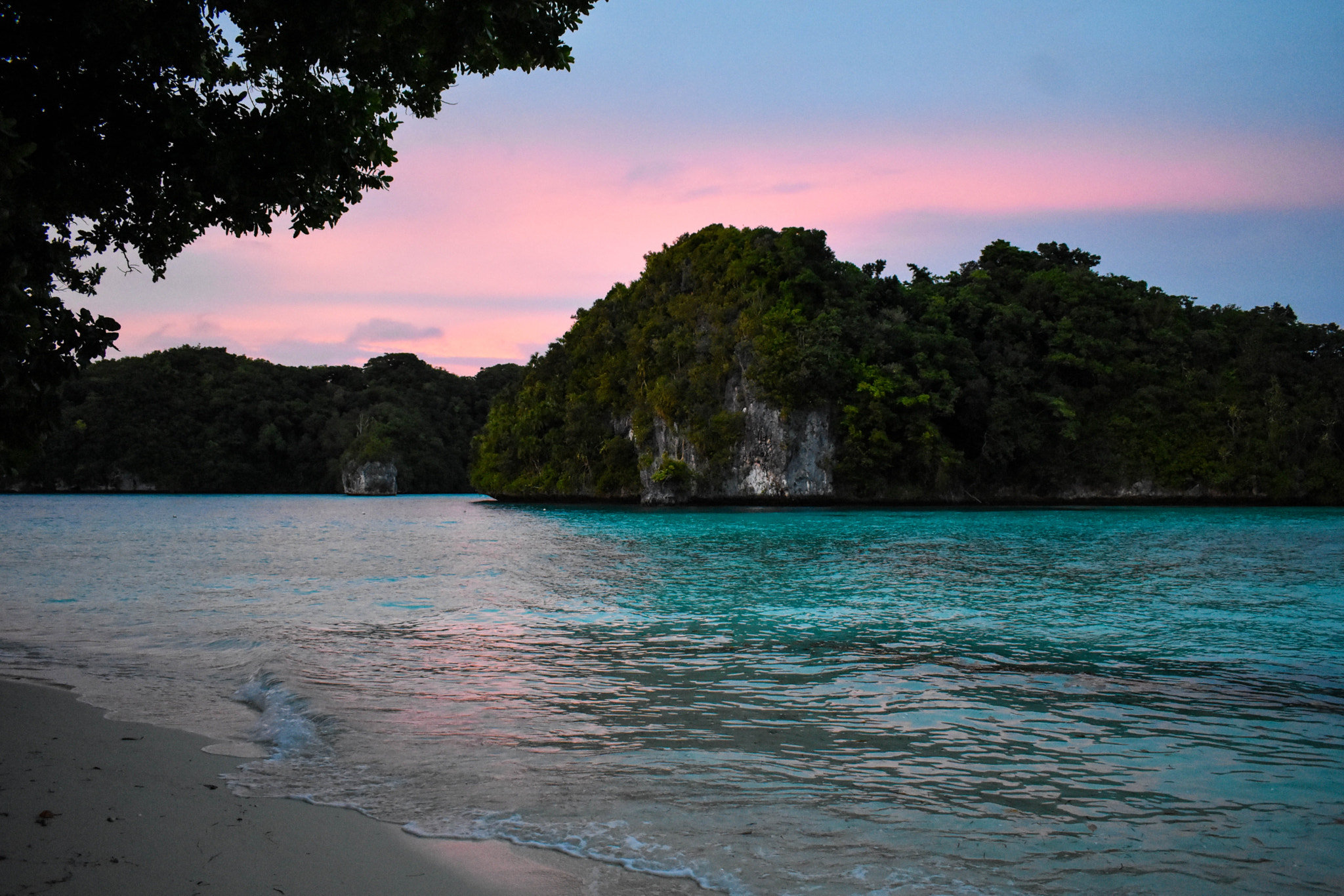6 Facts about Healthcare in Palau
 The Republic of Palau is a relatively young country, having gained its sovereignty in 1994. Previously, it was a member of the U.N. Trust Territory of the Pacific Islands. It has made significant progress in its healthcare initiatives over the past few years. Here are six facts about healthcare in Palau.
The Republic of Palau is a relatively young country, having gained its sovereignty in 1994. Previously, it was a member of the U.N. Trust Territory of the Pacific Islands. It has made significant progress in its healthcare initiatives over the past few years. Here are six facts about healthcare in Palau.
6 Facts About Palau’s Healthcare
- Palau boasts a universal healthcare system. In 2010, Palau implemented the Palau Healthcare Fund through the National Health Financing Act. It works through two pathways: the National Health Insurance, which pays for in-patient and off-island referrals, and the Medical Savings Account, which covers medical checkups and out-patient services. All Palauan employees must join the program.
- Belau National Hospital is the main medical treatment center on the island. There are four super dispensaries, the colloquial term on Palau for community centers, on the island. There are also four other satellite dispensary locations, according to a World Health Organization report in 2017. No one knows the potential for the financial sustainability of a secondary health facility yet.
- As an island nation, Palau is susceptible to natural disasters. To mitigate the health impacts of these disasters, the Belau National Hospital had been improving its facilities. Last year the Palau government invited global experts to conduct a Joint External Evaluation (JEE) of healthcare in Palau and its preparedness to deal with outbreaks and health emergencies. Officials involved noted that Palau had already made significant investments in this area, but also laid out recommendations for further improvement.
- The island has avoided the spread of COVID-19. As of August 16, 2020, there were no suspected or confirmed cases of COVID-19 in Palau. Since April 14, Palau has conducted 1,354 tests. Within the Western Pacific Region itself, there have been 403,399 confirmed cases and 9,125 deaths. Flights to Palau are undergoing screening to combat any potential spread of the virus, but commercial air travel remains suspended. Schools reopened on August 3, according to a Palau Ministry of Health situation report.
- Palau has relied heavily on foreign aid despite being classified as high-income. Much of the funds are from the U.S. In 2019, the India-U.N. Development Partnership Fund granted Palau $1.5 million to improve healthcare in Palau. The grant is meant to give the Ministry of Health in Palau the ability to finance improved facilities to deliver patient-focused care and increase the safety of working conditions for healthcare professionals.
- Palau has achieved five of the nine SDG goals. The WHO writes that SDG goal three is to “ensure healthy lives and promote wellbeing for all at all ages.” Those targets, including goal three, that have been achieved include lowering maternal mortality rates, eradicating communicable diseases, providing universal coverage, immunizing its population for the measles and improving reproductive health. They are on track for reducing childhood deaths and are making progress in reducing substance abuse and tobacco use in the population. The nation struggles with non-communicable disease reduction, especially cardiovascular diseases, cancer, diabetes, chronic obstructive lung diseases and mental health disorders.
On the whole, healthcare in Palau has a strong base, and the nation continuously seeks improvement in this arena. As its population ages, the “Big Five” – referring to cardiovascular diseases, cancer, diabetes, chronic obstructive lung diseases and mental health disorders – will become increasingly prevalent health concerns. These diseases will likely become the focus of healthcare initiatives in the future of healthcare in Palau.
– Olivia du Bois
Photo: Wikimedia Commons
